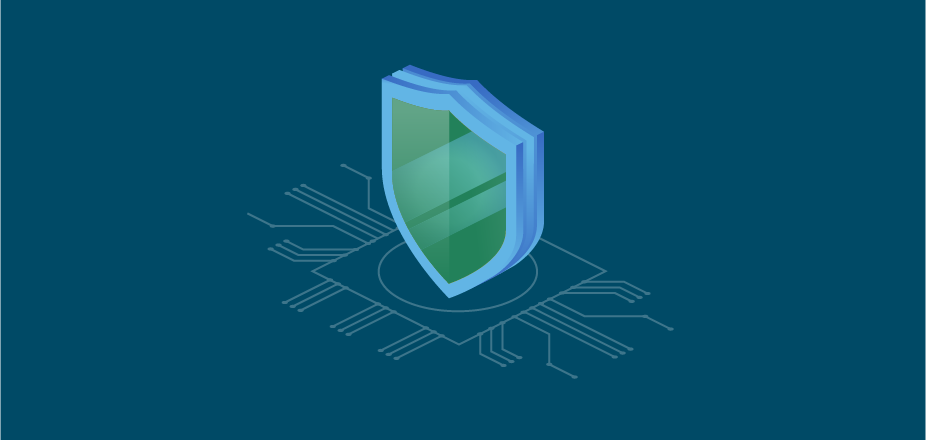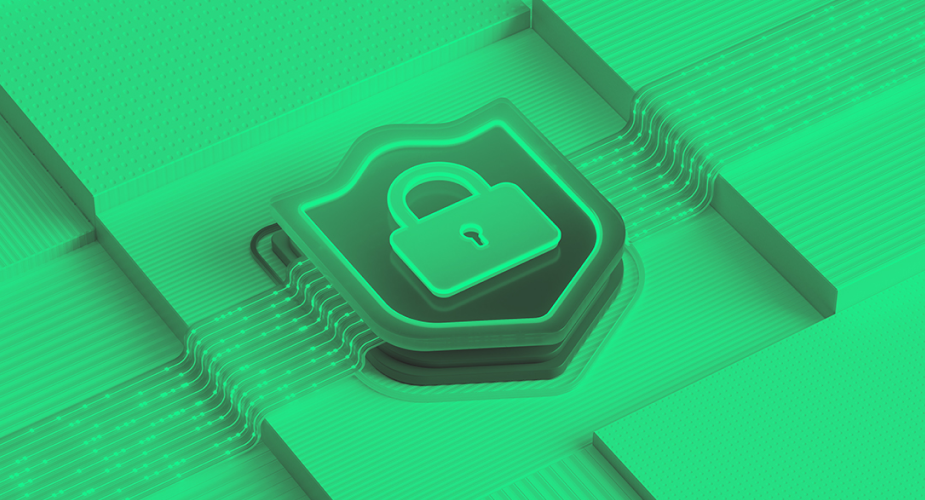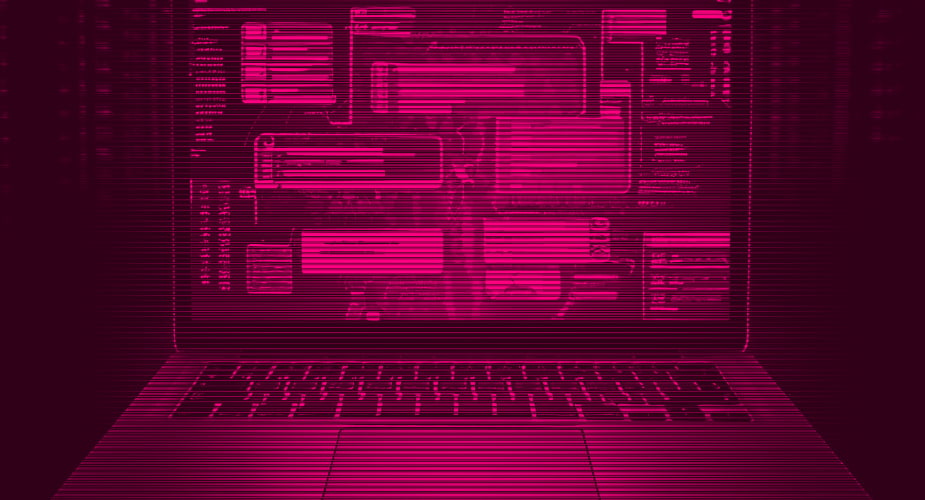What was true last year is even more true as we enter 2022. The most threatening IT / security issue organizations — and boardrooms — will continue to face is the threat of ransomware attacks. Bad actors are getting more sophisticated and unleashing attacks globally at a torrid pace, holding company data, and potentially brand reputations, hostage.
But, 2022 promises to be the year when organizations look at ransomware attacks in a different way and realize they have options that can keep the bad actors, and their demands, at bay. Ransomware is just one area we will continue to see evolve in the next 12 months. New compliance and data privacy policies, work from home (WFH) processes, and effects of the “great resignation” are other issues that could have huge ramifications on enterprises around the world. Cohesity experts have shared their thoughts on key predictions for 2022. Here are their thoughts on a wide range of issues.
Insurance Companies May Mandate Next-gen Technologies
Brian Spanswick, Chief Information Security Officer, Cohesity
More companies are recognizing the need for insurance coverage in the event they are victimized by ransomware attacks. Those who purchased coverage early are in an enviable position because more sophisticated ransomware attacks are driving up cyber insurance premiums by 15% or more and some insurers no longer offer this type of coverage. One approach that helps both the insurer and the insured is for insurers to require organizations to adopt next-gen data management technologies that provide a greater level of cyber resilience in the event of a cyberattack. Having this technology mandate in place could make offering ransomware insurance more palatable for providers and could help businesses in the long run as well.
WFH Data Proliferation Forces a Rethink of Data Management
Brian Spanswick, Chief Information Security Officer, Cohesity
Organizations need to address the proliferation of data that is the result of continued work from home and hybrid models driven by the pandemic. To support remote working, new applications, digital workflows, and new technologies have been adopted that generate significant amounts of data. Many of these applications are cloud-based, requiring new data management strategies and technology to manage this data, and help protect the increased surface for cyberattacks. Now is the time to define how this data will be managed, stored, backed up and protected. This starts with a review of any apps that aren’t company-sanctioned and to understand how teams are using vetted apps to help them work remotely. Whatever your work model is going forward, these applications should not be abandoned simply because of the risks their data generation poses. The pandemic has forced organizations to rethink professional and operational practices on how to better manage data proliferation so organizations can derive value from their additional data.
AI-Powered Threat Detection and Modern Data Protection Will Be a Requirement
Matt Waxman, Vice President of Product Management, Cohesity
We are past the days where the static detection of attacks, manual response, and siloed handoffs between infrastructure and security teams are sufficient to protect systems, data, and businesses. In 2022, deploying AI-powered detection and integrated remediation workflows will be a “must have”, and become a requirement in an organization’s security strategy and execution. Without these modern approaches to data protection and management, organizations will be left vulnerable to the escalating threat of cybercrime.
Backups have long been thought of as the archive kept in a dark corner of the data center. However, that will continue to change this year. Only modern backup solutions can meet mission- and business-critical needs of intelligent detection of anomalous behaviors, and when necessary, rapid recovery.
New Regulations on Data Privacy, Compliance, and Cyber Resilience Will Accelerate Next-gen Data Management
Steve Grewal, Vice President & CTO, Public Sector, Cohesity
Congress and the Biden administration will legislate new regulations on data privacy and cyber resilience that will accelerate the adoption of next-gen data management technologies to meet these needs. We’ll see an accelerating adoption of data management technologies that draw on modern software architectures such as scale-out file systems, platforms supporting multiple workloads, embedded AI/ML, and designed-in cyber resiliency. New compliance regulations and concerns will add compliance officers to the mix in assessing and developing data management strategies, and the continued increase in cyberattacks will accelerate collaboration between security and IT professionals in the public sector.
Don’t Let Any Effects of the “Great Resignation” and Employee Attrition Result in the Loss of Critical Data
Amy Cappellanti-Wolf, Chief Human Resources Officer, Cohesity
According to the U.S. Labor Department over 4.4 million Americans quit their jobs in September, as the prediction of the “Great Resignation” started taking effect. Employee attrition causes massive disruption to companies at the best of times, as it can impact company culture, revenue streams, and R&D/innovation, especially if this occurs en masse. However, organizations also face the prospect of losing mission-critical data when employees depart, especially after almost two years of pandemic-induced WFH where new solutions may have been used and local data stores created on employees’ company or self-owned devices. Many IT teams and admins are already struggling with the complex DIY tasks of managing multiple data management solutions from multiple vendors that are siloed and are adding significant complexity. Now is the time to get a handle on your company’s data, which has likely proliferated through the pandemic, and set up the right policies and workflows to ensure that your organization does not lose data that will help sustain or maintain operations.
The Time is Now for Next-gen Data Management
Chris Wiborg, Vice President of Product Marketing, Cohesity
The threat of cyberattacks, such as ransomware, and the complexity of modern, multicloud, and hybrid environments are creating unprecedented challenges for organizations in managing, protecting, and securing their data. Yet, many systems employed today to back up and restore data were designed decades ago and are ill-suited to address modern data challenges. These legacy solutions are closed, create standalone data silos, lack AI or ML for intelligent automation, and were not designed with cyber resilience in mind to cope with today’s sophisticated cyber criminals.
In 2022, we will see an acceleration in the adoption of next-gen data management solutions. These solutions provide simplicity at scale to cope with the de-facto distributed nature of data, from core to edge to cloud. They are built following zero trust design principles to help ensure cyber resiliency and are powered by AI/ML to intelligently automate tasks such as anomaly detection and data classification to assist with data security and regulatory compliance. And finally, next-gen solutions are extensible so third-party applications and integrations can be brought to the data — which makes both administering and extracting additional value from data super simple in today’s competitive environment. Importantly, it’s the combination of these four elements and how they complement one another that will set next-gen solutions apart in helping customers be more secure, efficient, and innovative in 2022 and beyond.


















